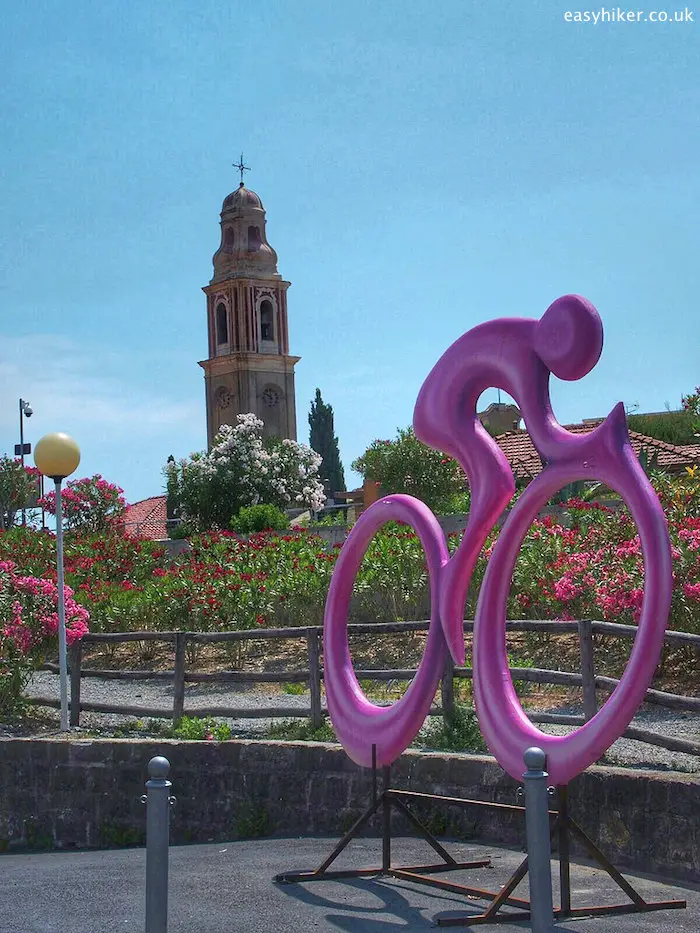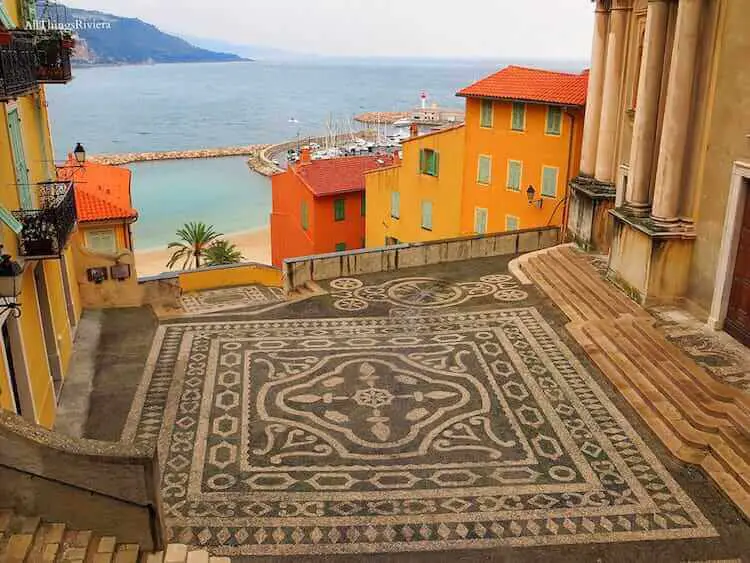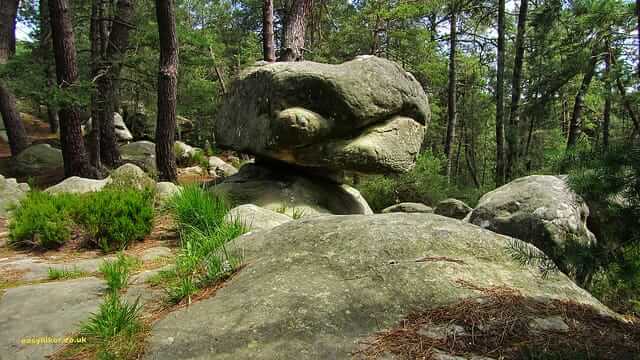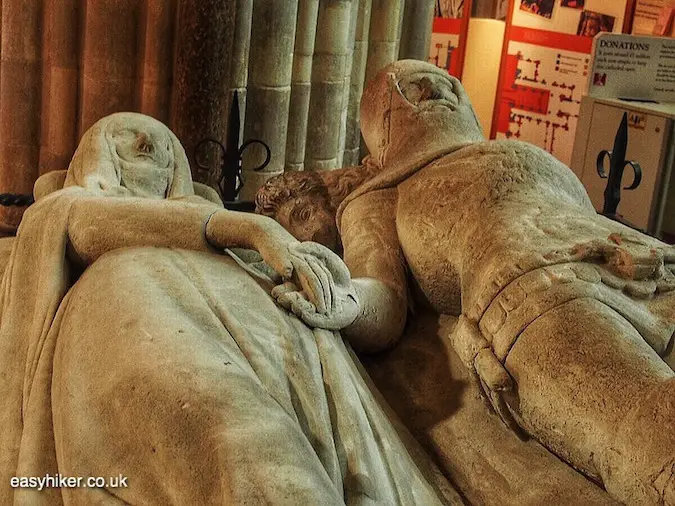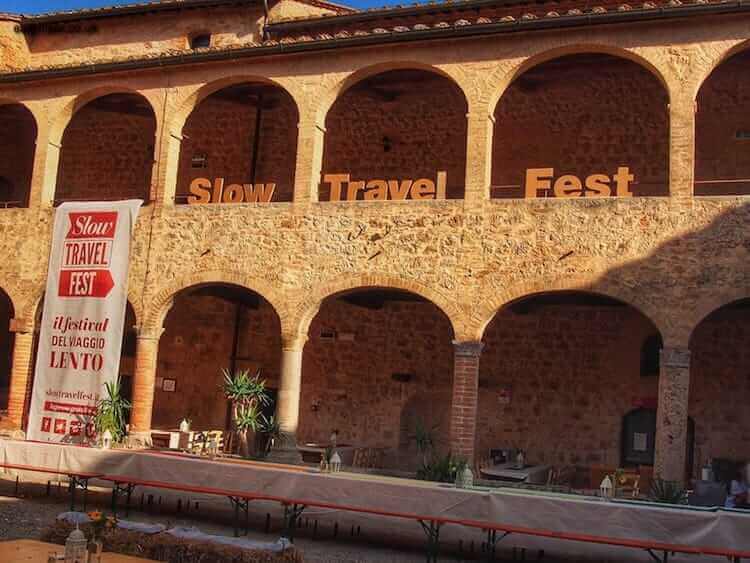If you travel to the extreme southwest of France in bleak midwinter, the Pyrenees – whose distant peaks are distinctly visible throughout much of the region – provide something like a permanent tease.
Shrouded in clouds and covered with snow, they are clearly not sending out any “come-and-visit-me“ signals, but at the same time they hover disdainfully over all your outdoor activities, challenging you to react to their majestic presence in one way or another.
Since a hike through the winterly mountain landscape appeared to be out of the question (this blog is called “easy hiker”, if we may remind you, not “death in the snow”), we decided to address this challenge by going for the next best thing, which was to undertake a balcony walk with a series of scenic panoramas.
Pau’s Claims to Fame: 1 Unique View, 2 Dynasties and 101 Champions
And not just any run-of-the-mill scenic panoramas, but the panoramas from the Boulevard des Pyrenees in Pau, “the world’s most beautiful view of the earth just as Naples has the most beautiful view of the sea“, in the words of the French writer Alphonse de Lamartine.
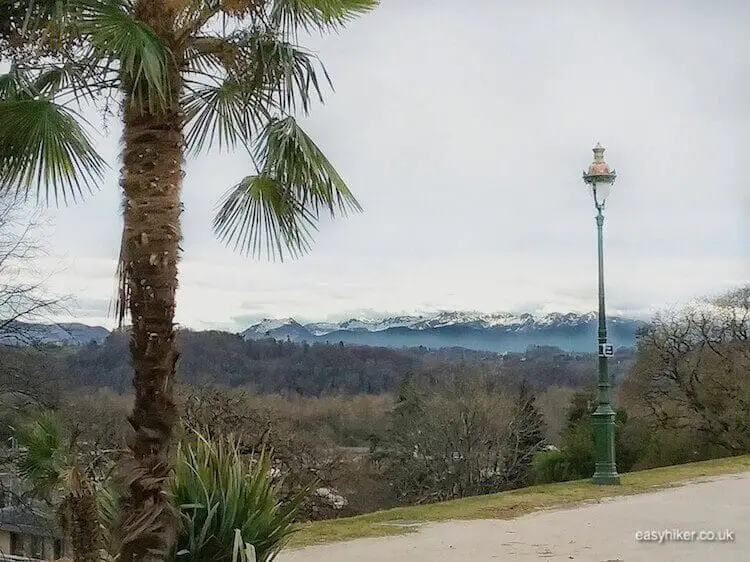
Once you have made your way to Pau (a couple of hours by train from Toulouse), take the free funicular railway from the downtown central train station to the uptown city centre (literally “uptown“: the city was built atop a rock).
Stepping out of the funicular station at the top of the rock, the Boulevard des Pyrenees will stretch to your left and right. This promenade was laid out and constructed in the late 19th century to provide guests in Pau – at the time a high-class and elegant resort – with a mountain experience of sorts, knowing that this would be the closest most visitors would ever come.
Pau styles itself as the gateway to the Pyrenees, but is in fact only about 200 metres above sea level, and you still have to travel a good 20 or 30 km to the northernmost foothills of the mountain range. Today, you will be able to do so on modern asphalted roads, but at the time, such a journey would have represented a considerable challenge.
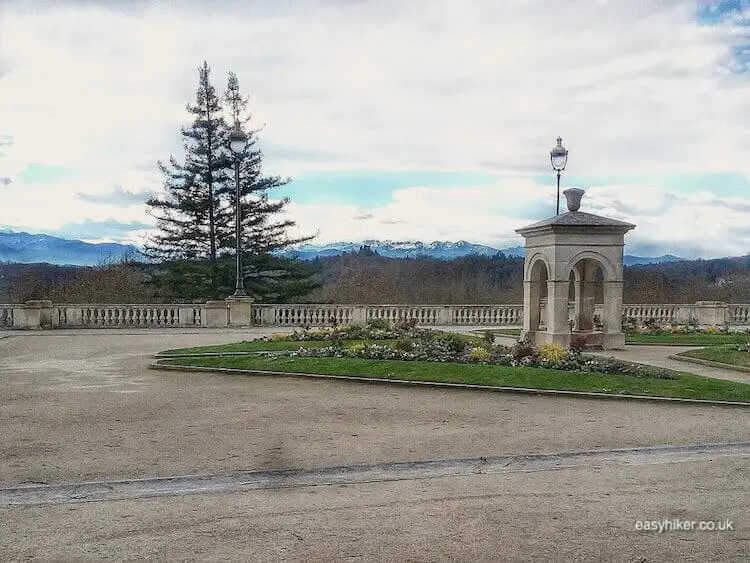
The natural starting point of the walk is the castle, Pau’s second claim to fame.
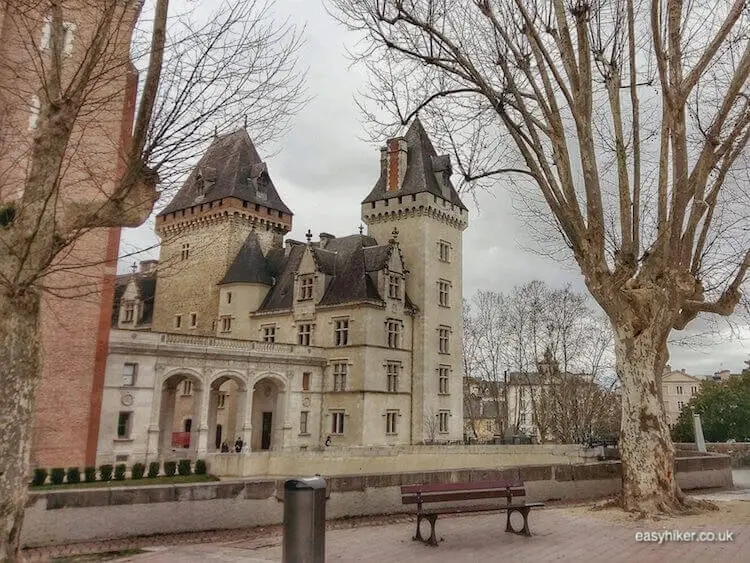
The Chateau de Pau, roughly 200 metres on your left hand side, was the first home of Henri IV, King of Navarre, who eventually became medieval France’s outstanding monarch (resolving the seemingly interminable religious conflicts) and the founder of the Bourbon dynasty which was to rule France for nearly 300 years.
Continue past the church …
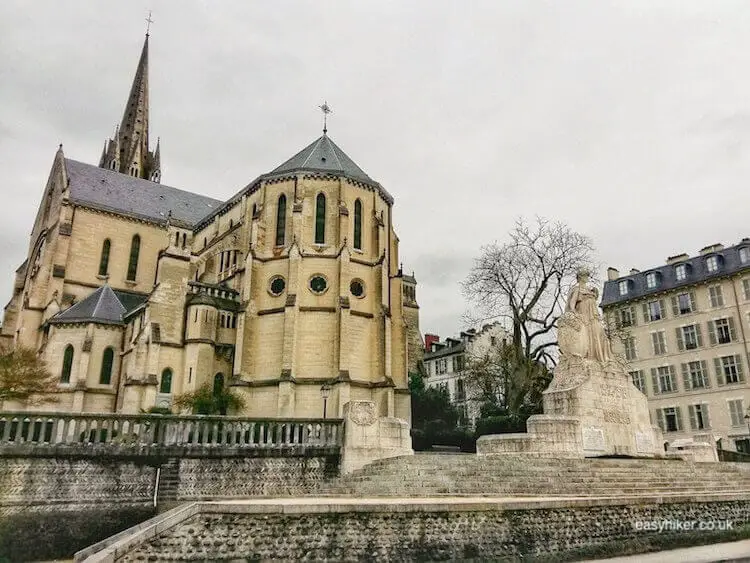
… and the Square Aragon (the ferris wheel, I am afraid, was a temporary installation …
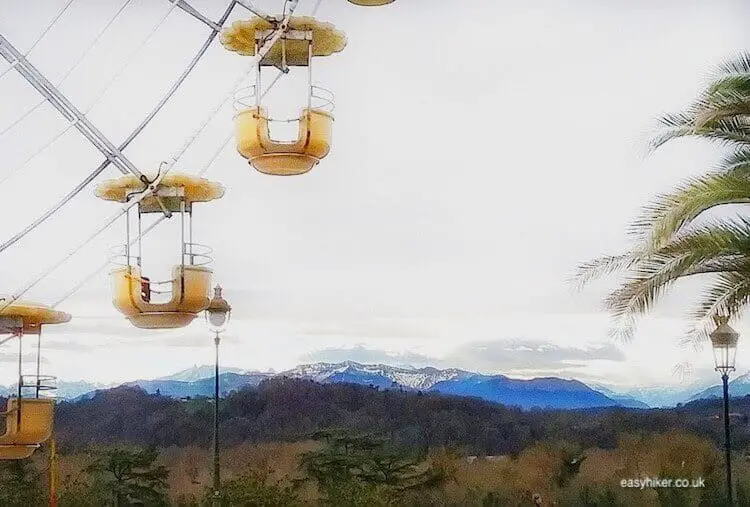
… while not forgetting to cast an occasional glimpse to your left where you can find impressive remainders of Pau’s past as a fancy 19th century winter resort for wealthy industrialists and aristocrats from all over Europe.
The town was specifically known for its supposedly healthy climate and is sometimes referred to as the “Davos of the Pyrenees”.
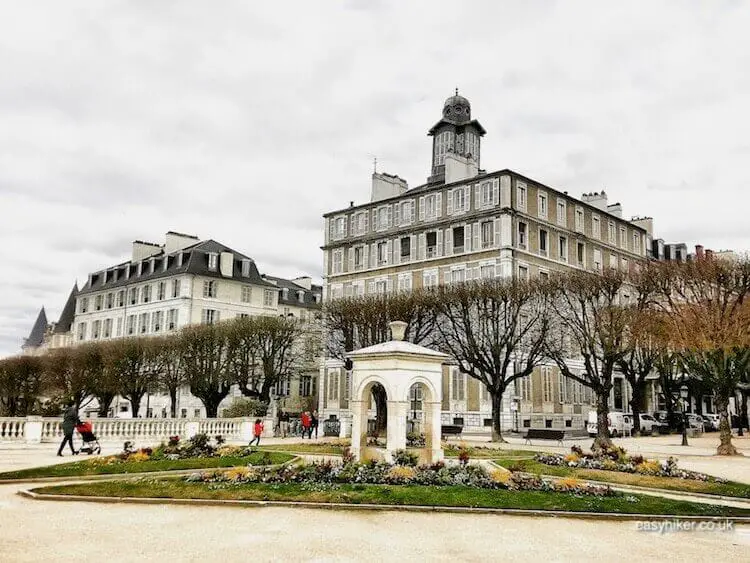
You should also cast a glance towards the southern outskirts of the town underneath you. Try to spot the “Tour of Giants“ installation, an open air museum designed to honour past winners of the Tour de France (the world’s foremost cycling race).
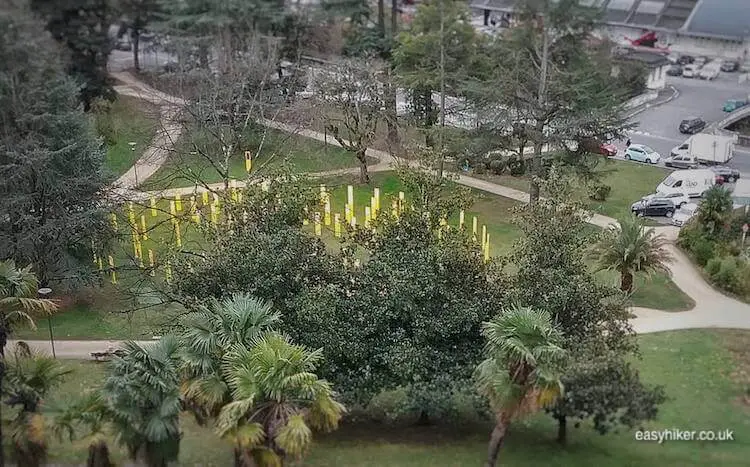
The installation – which features 101 identical sticks that have been engraved with the names of past Tour-de-France winners – caused a local controversy when it was opened in 2015.
Not everybody in town thought that its cost (€ 200,000) represented good value for the municipality or that Mayor Francois Bayrou’s expectations (“this will attract thousands of tourists to Pau every year“) were realistic.
But Bayrou, for many years the leader of France’s Liberal Party and a wily political craftsman, eventually got his way, and when the opening of the installation was attended by cycling legends such as Bernard Hinault and Bernard Thevenet, much of the grumbling had already stopped.
Pau takes great pride in the unofficial title of the “Capital of the Tour de France“: Whereas most French cities other than Paris are only rarely honoured as host towns for one of its stages, Pau receives the privilege of accommodating the grand boucle nearly every year.
No Tour de France would, after all, be complete without at least a couple of stages in the Pyrenees, and practically no other town in the area has the capacities to welcome and accommodate the large number of teams and riders with their retinue of officials and journalists, not to mention thousands of cycling fans.
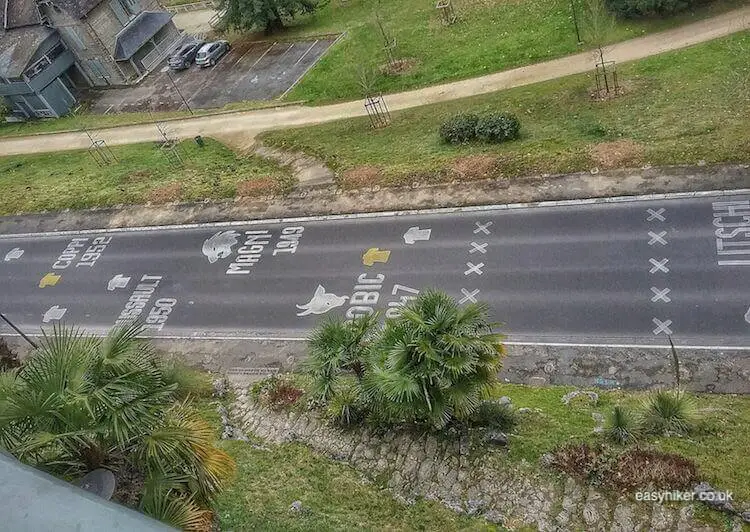
Over the years, 58 riders have won a stage that ended in Pau, and last July, it was decided to commemorate their names by writing them on the asphalt of the Avenue Napoleon Bonaparte, right in front of the “Tour of Giants” installation. (No criticism marred that occasion: after all, it cost the city practically nothing, with all the handiwork being provided by students of the local art university.)
At the end of the 2 km long Boulevard des Pyrenees, you arrive at the subtropical gardens of the casino, which provide an interesting visual contrast to the harsh mountain landscape in the distance.
You may rest for a while on one of the park benches – but be aware that you will have to turn your back to the “world’s most beautiful view of the Earth”.
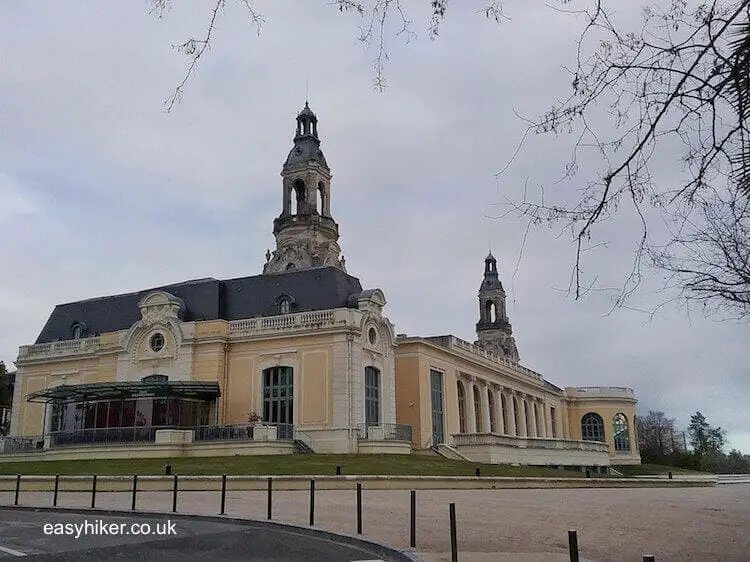
At any rate, you should not rest for too long, because you will need the time for a quick visit of the town centre, if only to see where Pau’s second cradle of a long-lasting (and still ruling) European dynasty stood.
On Rue Tran, you can find Pau’s third claim to fame: the house where Jean-Baptiste Bernadotte grew up, …
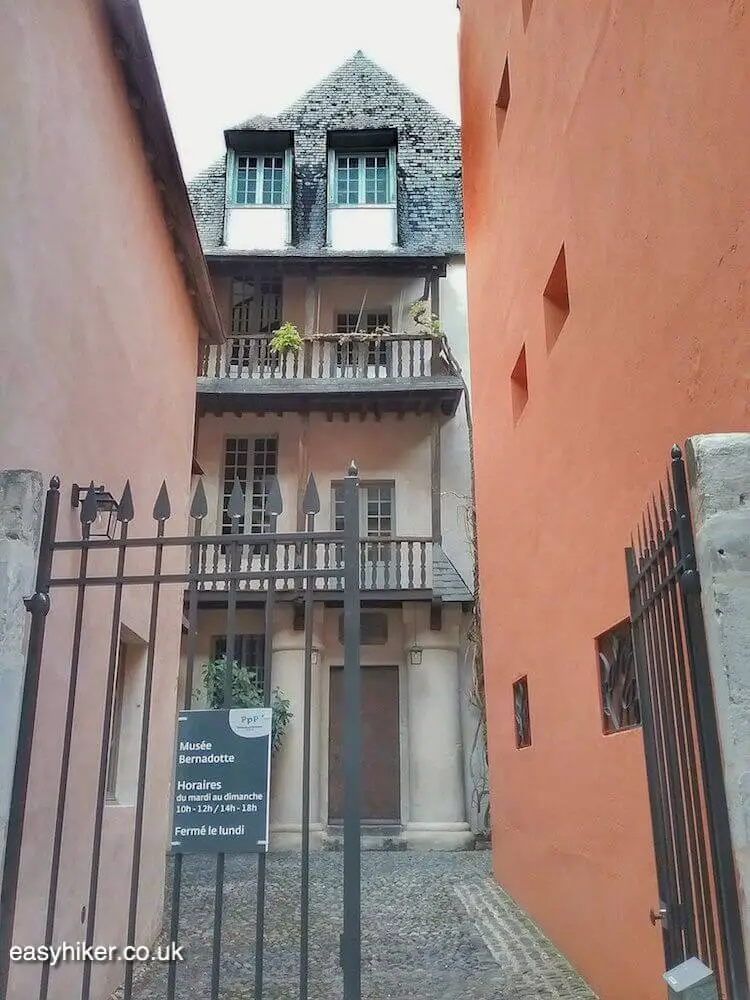
… a minor aristocrat who later became a Marechal in the French Army and a good friend of Napoleon Bonaparte – the latter being the main reason why the Swedish Parliament appointed him as King of Sweden in 1810, his past as a Republican firebrand notwithstanding.
Traces of this past, however, proved hard to erase: the story goes that he had the slogan “Mort au roi” (Death to the King) tattooed on his chest. Which must surely have been both a first and a last for European royalty.

